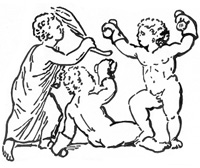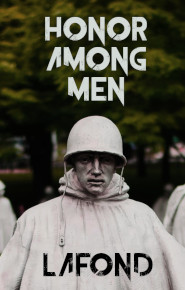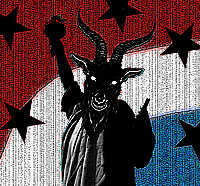The typical community geography will be our concern. Internet photo searches for locations in modern Greece will suffice to give you a feel for the terrain. Keep in mind to green it quite a bit. Thasos was a completely wooded island and broad shallow lake Kopiak once covered much of the Theban plain. If we remove modern roads and urban sprawl with the mind’s eye, while watering and greening the landscape, we come away with a land that is not easily traversed, particularly by carts, chariots, or even horsemen. Messages were delivered by runner in this broken land of trails, tracks and traces.
The polis [community] was similar to the city states of Renaissance Italy or 17th Century Holland, with businessmen as likely to dominate as landowners. The broad plain of Thessaly was the prime pasture land of Hellas, and still supported kings and aristocrats in the old Homeric tradition. Macedonia was a similar archaic region supporting large tracts of pasture ruled by aristocrats and their hereditary king.
Along the spine of the Balkan Mountains in the wilder western reaches of Hellas such as Dodona, Epirus, and Illyria, persisted a more tribal sense of community with as much in common with the northern barbarians of the hinterlands as the sea-side communities. Keep in mind that all of these communities grew from one or more clans or tribes, and that lingering political divisions lingered in such places as Athens, Sparta and Elis, along the lines of which political parties would form. In the smaller poloi of the wilder lands there would be a stronger tribal sense overall, and political divisions within the community would be less prominent or absent altogether.
Colonial communities would be less riven by internal factions as they had specific and common recent origins in the form of an expedition launched by leading citizens from the mother polis, with whom they would maintain a usually positive and supportive relationship.
Around Thessaly, and the more so as the traveler heads south into Attica, and thence across the Isthmus of Corinth into the Peloponnese, or Red-Face-Island, after a famously inebriated king, the land is riven by short narrow rivers that would be but large streams by American standards and—often where these meet the sea—bites taken by the sea out of the coast in the form of harbors.
By the sea in these places communities of landowning farmers, who each had a roughly 10-acre homestead of grape vines and barley fields, had taken over from the old aristocrats and claimed the pasture land formerly dedicated to raising horses. The entire seaside valley would be under cultivation. Sheep and cattle were still grazed on the margins. Raids still came through the mountain passes. But these farmers had begun terracing the sides of the mountains that bordered their city-state.
The shepherds were relegated to the highest reaches and would provide the light infantry types described in Chapter 6. The farmers themselves had the means to arm themselves as hoplites and band together to defend their fields of barely. The community may well have a written constitution and was probably governed by an oligarchy, a council of leading citizens, who we can imagine gathering lesser citizens under their aegis for support, and thus forming a seedbed for democracy. In most places, at this point, a vote for every citizen was not the reality. In some communities a tyrant may have taken over. Then there was the extreme example of Sparta’s bizarre military state with two kings and a council.
Once a polis had brought its hinterland under cultivation population expansion would be accommodated through forming a venture to ship out and colonize in Sicily, Italy, Africa, Asia, and along the Black Sea coast. This resulted in about 1,000 Hellenic communities by 650 B.C.
As a traveler came down out of the mountain pass into the uplands of a community he would see terraced farmsteads bordered by olive trees stepping down to the plain, which would be more heavily cultivated yet around the walls of the small city. Somewhere would by a community pasture [an un-terraced stretch of mountainside] where cattle sacrificed for holy days would be grazed on the lower reaches and the sheep and rams sacrificed for divinations and before battle on the upper reaches.











